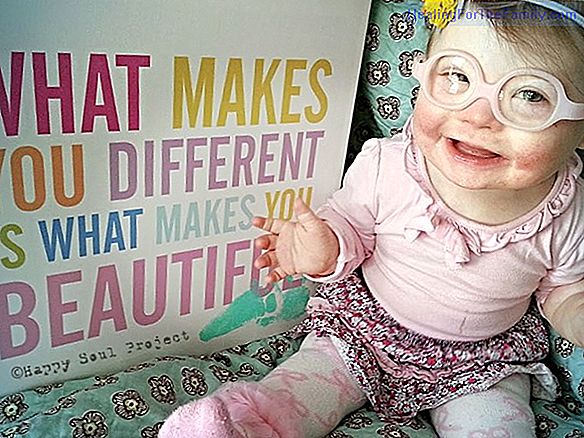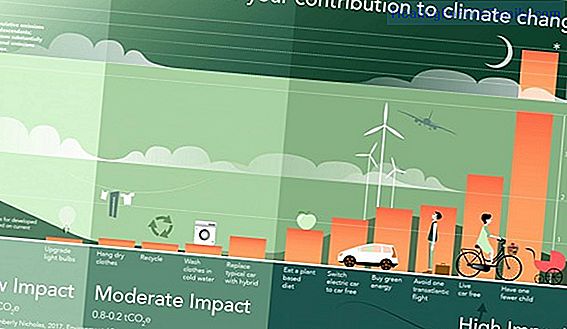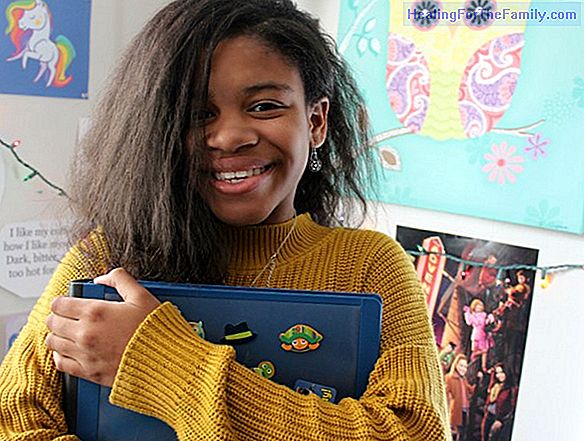Flipped Classroom or inverted classroom: motivating teaching method
There are many "innovative" methodologies that teachers can put into practice in the classroom in order to improve the teaching-learning process of students and make the classes more interesting and motivating. When students are an active part of learning and not just mere recipients of content, thi
There are many "innovative" methodologies that teachers can put into practice in the classroom in order to improve the teaching-learning process of students and make the classes more interesting and motivating. When students are an active part of learning and not just mere recipients of content, this improvement becomes more interesting and more motivating.
In this case, the "inverted classrooms" or flipped classroom consist of turning the "traditional" classes around. It is a methodology that seeks to turn students into the protagonists of their learning.
Flipped classroom: more motivating teaching method

In this teaching method, learning occurs outside the classroom, that is, the student prepares the subject outside the classroom, and in the classroom he practices what he has learned, as we see, all the opposite of the "traditional class" model in which the teacher explains the theory in the classroom and children practice homework with homework.
This methodology is based on technologies, (although they are not exclusive) and the role of the teacher is to guide learning, prepare resources, materials necessary for the student at home to work on the contents and in the classroom students can put into practice what they have learned with debates, group work, projects, etc ...
Perhaps one of the most interesting aspects of this model is that it al allows the teacher to adapt to the different learning styles and rhythms of the students , It allows a better attention to diversity since it makes it possible for the student to work with the material that best suits their personal characteristics, (this is especially interesting for students with learning difficulties such as dyslexia or ADHD).The role of the teacher is then to prepare materials, solve doubts and act as a guide, leaving the protagonism to the student, who becomes the center and motor of his own learning process. For all this it is necessary that the teacher previously teach the students to take notes or
autonomous study skills , for example.There is not a single model of flipped classroom and we can design it and adapt it to the objectives we want to achieve in the classroom, it can be a flip oriented to debate, to experimentation, to collaborative work, introduction of a topic to work, etc ... type of "backwards class" as objectives the teacher wants to work.
From what grade and how old can Flipped Classroom be applied? Practically
from early childhood education we can implement this teaching model , adapting activities and materials to the age of the children and always counting on the help and participation of families.Can only work with videos or technological resources? We can use the materials that we consider appropriate and we can adapt them to the reality of our classroom and the available resources, so that we can use different resources in different media
, since what we are dealing with is that the student approaches the content to work from home, no matter the format. Advantages of the flipped classroom for children- Flexibility and versatility when designing activities or tasks.
-
Personalized teaching
as we can adapt it to the characteristics and rhythms of the students. - Attention to diversity. - Encourages students' autonomy in learning, and increases their motivation to learn.
-
The student becomes the center of the teaching process
- learning. - Allows and facilitates collaborative learning. - Develops cognitive abilities of a higher order such as critical sense.
But there are also advantages for teachers since a motivated class is a participatory, involved and learning class, with a better climate and student-teacher and student-student relationship.












